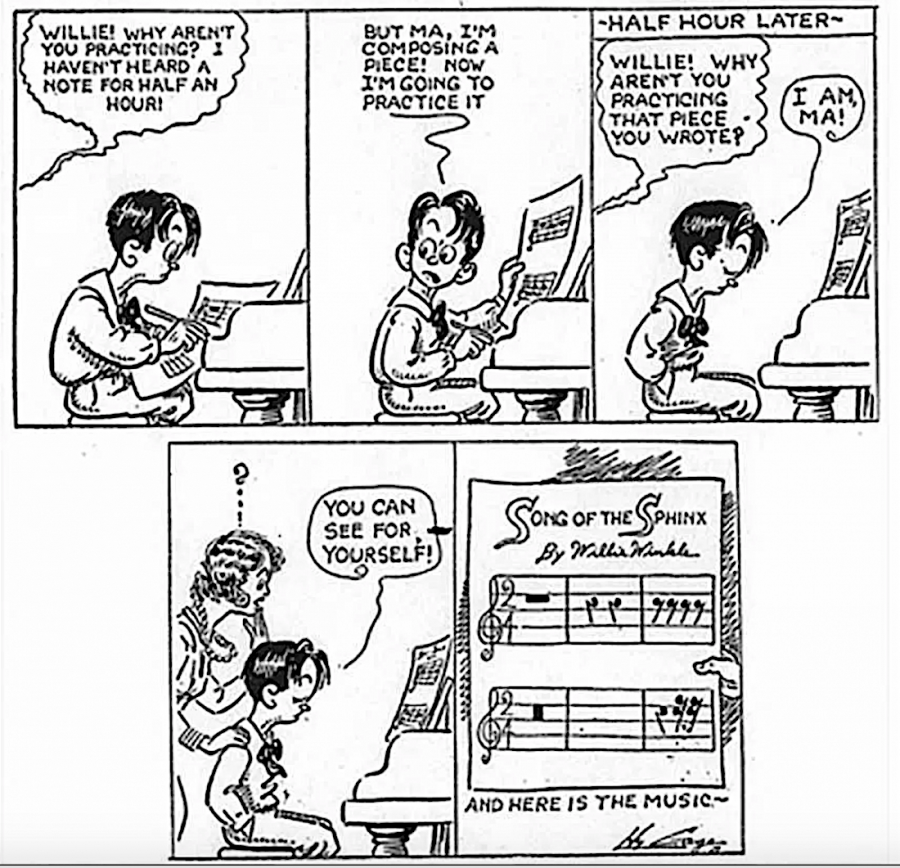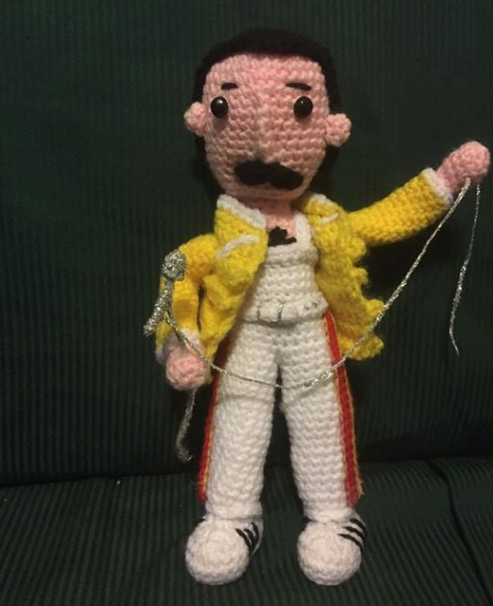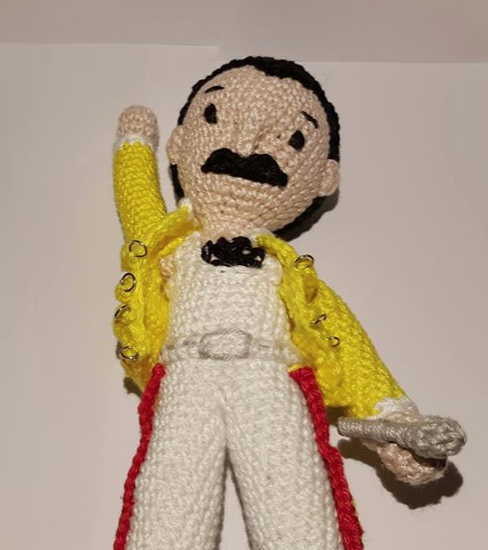A two- (and three- and one-) wheeled revolution is upon us. Dubbed “micro-mobility” by start-up marketers and influencers, the trend incorporates all sorts of personal means of transport. While the buzz may hover around electric scooters and skateboards, the faithful bicycle still leads the pack, as it has for over a hundred years. And advocates—who bike as their primary means of exercise, commuting, and running daily errands—are challenging the orthodoxies of car culture.
As an avid cyclist myself, who bikes as often as I can for groceries and other errands, I will admit to a strong bias in their favor. But even I’ve been challenged and surprised by what I’ve learned from biking advocates like Liz Canning, producer and narrator of a new documentary film, Motherload, a portrait of the many people who have chosen to use cargo bikes instead of cars for nearly everything.
The film is remarkable for the ordinariness of its subjects. As one cargo cyclist, Brent Patterson of Buffalo, New York, says, “I’m not an athlete. I’m not superhuman. I’m just a completely normal person like you.” The Patterson family “sold its car,” notes Outside magazine, “and travels by cargo bike year-round, even in snowstorms.” Another cargo cyclist in the film, Emily Finch, “carts all six of her kiddos around on two wheels.” We see cargo cyclists around the world, using bikes as emergency transport haulers and daily grocery-getters.
Most of the Americans profiled live in bike-friendly communities like Marin County, California or Portland, Oregon. But others, like the Pattersons, do not, “and not all are as comfortably off as Canning,” who retired as a commercial filmmaker to raise her kids in bike-friendly Fairfax, CA. “Some had to sell their car or take out a no-interest loan in order to afford a cargo bike.” No one seems to have regretted the decision.
Readers who hail from, or have lived in, places in the world where bike-reliance is the norm may scoff at the presumed novelty of the idea in Canning’s film. But at one time, even the Netherlands—home of the ubiquitous Bakfiets—was almost as car-centric as most of the U.S., as American Dan Kois writes in a New Yorker essay about how he learned to become bike commuter in the Netherlands.
I had assumed that Dutch people’s adeptness at biking was the result of generations of incessant cycling. In fact, after the Second World War, the Netherlands had, like the U.S., become dominated by cars. Cycling paths were overtaken by roads, and neighborhoods in Amsterdam were razed to make room for highways. Between 1950 and 1970, the number of cars in the country exploded from about a hundred thousand to nearly two and a half million. During that same period, bike use plummeted; in Amsterdam, the percentage of trips made by bike fell from eighty to twenty.
That all changed when young activists and parents, especially mothers—like the biking mothers in Motherload—began protesting high numbers of traffic deaths. They took to the streets on their bikes, blocking traffic, running for office, and pressuring city officials to make infrastructure and public space safe and accommodating for bikes. Now, there are more bikes than people in the Netherlands, and cars co-exist on roads full of cyclists of all ages and classes, on their way to work, school, and everywhere else.
Dutch drivers “look out for cyclists,” writes Kois. “After all, nearly all of those drivers are cyclists themselves,” using the car for a brief, necessary outing before they get back on their bikes for most everything else. Next to Kois’ first-person account of his few-months-long sojourn through Delft, we have the global testimony of the Bicycle Architecture Biennale, a “showcase of cutting edge and high profile building designs that are facilitating bicycle travel and transforming communities around the world.” The exhibits, writes Karen Wong at David Byrne’s Reasons to Be Cheerful, “point the way to a two-wheeled utopia.”
BYCS, the group responsible for this well-curated exhibition, come from Amsterdam. The projects they feature, however, are in London and Chongmin and Chengdu, China. The cargo cyclists in Motherload, and the ferocious activism of cyclists in places like New York City, despite tremendous “bikelash,” may show Americans they don’t need to look abroad to see how bikes could slowly displace cars as Americans’ vehicles of choice in some parts of the country. But learning from how other places have reimagined their infrastructure could prove necessary for lasting change.
Many Americans cannot imagine life without their cars, even if they also have garages full of bikes. Some lash out at cyclists as a threat to their way of life. The country is enormous (though we do most driving locally); cars serve as modes of transport—for human, plant, animal, and everything else—and also as escape pods and status symbols. Canning’s film shows us ordinary American men and women getting the gumption to trade some comfort and security for lives of minor adventure and ecological simplicity. (And a good many of them still have cars if they need them.)
We also see, in exhibitions like that previewed in the video above how design principles and policy can help make such choices easier and safer for everyone to make. Canning pointedly frames her argument in Motherload around cycling’s radical history. “100 years before the bicycle saved me,” she says in the film’s official trailer at the top, “it liberated the poor, empowered the suffragettes, and transformed society faster than any invention in human history. It could happen again.”
via Outside
Related Content:
The First 100 Years of the Bicycle: A 1915 Documentary Shows How the Bike Went from Its Clunky Birth in 1818, to Its Enduring Design in 1890
The Art & Science of Bike Design: A 5‑Part Introduction from the Open University
How Leo Tolstoy Learned to Ride a Bike at 67, and Other Tales of Lifelong Learning
Josh Jones is a writer and musician based in Durham, NC. Follow him at @jdmagness












